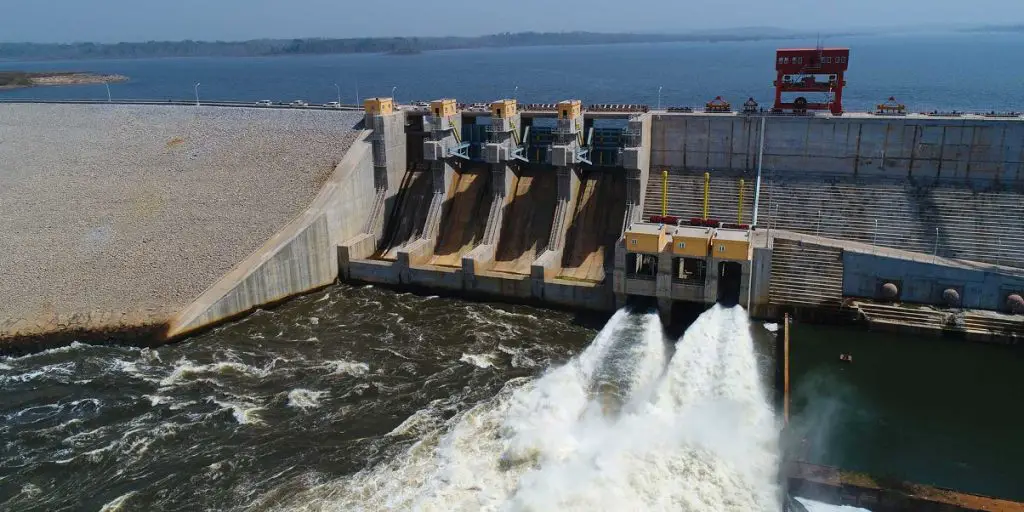Cameroon plans to increase access to power to 88 per cent of all people in electrified areas by 2022.
Currently, just 60 per cent of Cameroon’s population has access to electricity, and the numbers are even lower in rural areas.
Unfortunately for those who have access to electricity, it does not come cheap and the high cost of power is a significant household expense.
Cameroon’s power outages
Those who have access to electricity also experience frequent power outages which can last for as long as two days at a time, sometimes.
To improve the lives and long-term economic prospects Cameroon, the government of Cameroon has created a plan whose scope and vision are as vast as the need itself, according to IFC.
In addition to increasing access to power to cover 88 per cent of the population by 2022, the government’s initiative also aims at increasing generation and transmission capacity to meet the demand that is expected to quadruple by 2035.
The IFC and the World Bank are working with the government to construct the Nachtigal Hydropower Plant.
The 420-megawatt (MW) power plant on the Sanaga River is privately owned and operated.
InfraVentures, an upstream unit of IFC developing bankable projects, helped develop and structure the project in its early stages, spending USD13 million of development capital.
This project is now IFC’s largest power investment in Africa.
In addition to IFC’s equity of €60 million and debt financing of €110 million for the project, IFC helped put together a €916 million loan package from development finance institutions and commercial banks.
We also provided interest rate swaps to help the project company mitigate interest rate risk. Key project development and structuring support came from across the World Bank Group.
The €1.2 billion Nachtigal facility will increase the country’s power-generation capacity by nearly a third and bring clean, affordable power to millions.
Selling electricity at around €0.06 a kilowatt-hour, Nachtigal will provide cheap power that will help sustain economic growth.
It will also save the country USD100 million in generation costs annually.
Construction of the plant is expected to begin operations in 2023 creating up to 1,500 direct jobs, of which 65 per cent will be locally sourced.
How Cameroon will become a middle-income, industrialized country
Cameroon’s goal to become a middle-income, industrialized country will be realised by increasing energy access.
This is key to reducing poverty levels below 10 per cent by 2035.
Energy is among the priority areas identified in the country’s growth and poverty reduction strategy, which emphasizes the need for agricultural diversification, increased productivity, and large-scale public investment projects.
Cameroon has the third-largest hydropower development potential in sub-Saharan Africa, estimated at over 12,000 MW.
But across the region, complexities and risks often deter the private sector from considering investment opportunities.
Nachtigal, however, is different since the IFC can build and operate these plants without burdening the country’s finances with more debt.
IFC began developing the Nachtigal project five years ago and it sets a benchmark for local-currency-denominated financing.
The debt package includes a Central African CFA franc-denominated tranche of approximately €170 million with an unprecedented underlying maturity of 21 years.
This is not first project by IFC since the institution participated in the financing of the Dibamba and Kribi power plants which were commissioned in 2009 and 2013 respectively.
IFC supported the privatization of the national distribution company by providing advisory services and arranging a €250 million syndicated loan.
How the Congo River could power Africa
While Cameroon is working on providing electricity to its customers, the Grand Inga hydropower project could be the answer to Africa’s power problems.
However, the project has suffered frequent delays meaning that the Congo, and Africa, cannot benefit as yet from its huge potential.
The DRC has been considering building Inga 3 for more than three decades with expectations that the Grand Inga hydropower complex would give a solution to the debilitating power shortage that has limited the country’s mining industry.
In a treaty signed in 2013, the Congo would export 2,500 megawatts of power to South Africa.
According to the World Bank, the Inga 3 plant would form part of a larger complex spanning part of the Congo River and produce as much as 50,000 megawatts when complete.
The project has been embroiled in controversy since it was announced leading to the World Bank withdrawing as a potential sponsor in 2016.
The project is a priority for a number of organisations including the New Partnership for Africa’s Development (NEPAD), the Southern Africa Development Community (SADC), East African Power Pool (EAPP) and ESKOM.
While Energy is inextricably linked to every other critical sustainable development challenges, there are still many people who do not have access to it even after 2040.
In the World Bank’s State of Electricity Access Report (SEAR) 2017, reaching the 2030 Sustainable Development Goals (SDGs) is pegged on access to electricity.
Areas like health, education, food security, gender equality, poverty reduction, employment, and climate change suffer setbacks if there is no electricity access.
In the report, the electricity access deficit is overwhelmingly concentrated in Sub-Saharan Africa (57 per cent of global access deficit). This represented 609 million people meaning that six out of ten people did not have access to electricity.
South Asia, on the other hand, had 343 million people who did not have access to electricity (32 per cent).
